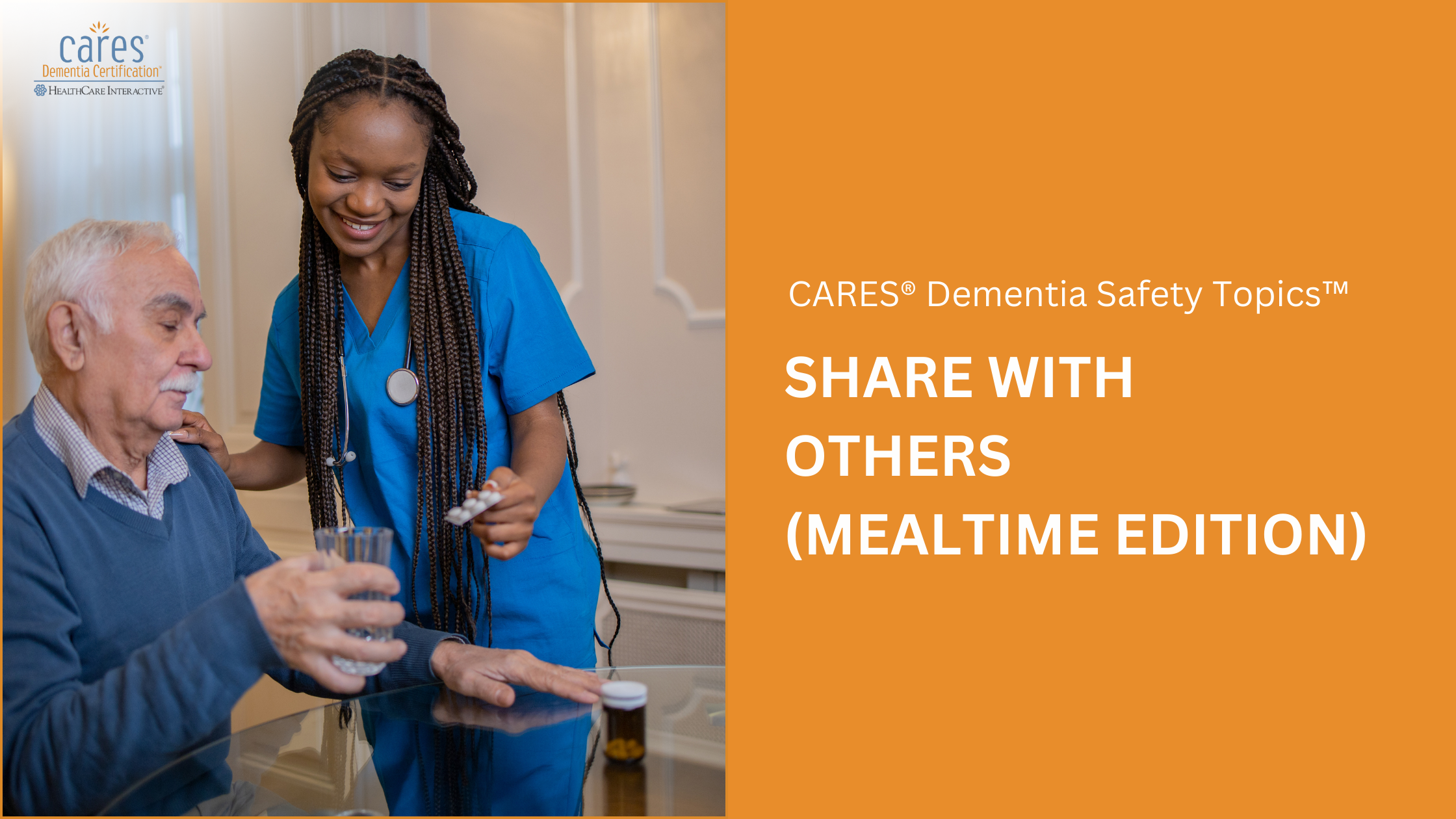Mealtimes can be a comforting part of the day for people living with dementia—if done thoughtfully. A calm, inviting environment combined with respectful assistance and cultural sensitivity can make a big difference in whether someone eats well and enjoys the experience. Let’s explore how you can apply what you’ve learned about mealtime support to help make eating easier, more enjoyable, and more successful.
Create a Supportive Mealtime Environment
A well-thought-out environment helps people with dementia focus on the meal and enjoy the process of eating. Here are several easy yet effective ways to set the stage for a pleasant dining experience:
• Reduce distractions. Turn off the TV, radio, or loud conversations that might overwhelm or confuse the person.
• Make the space feel like home. Use tablecloths, soft lighting, or a vase with fresh flowers to create a warm and familiar setting.
• Include them naturally. Invite individuals with dementia to join the table as you would at home. A friendly invitation can make them feel welcomed and included.
• Appeal to the senses. Let the aroma of fresh bread or a warm casserole fill the room before a meal—smells often stimulate appetite.
• Consider seating arrangements. Who sits next to whom matters. Familiar faces or calm companions can help reduce anxiety.
• Promote physical activity before meals. A short walk or light stretching beforehand may help stimulate hunger.
• Offer purpose and participation. Ask them to help set the table or assist with meal prep. Even simple tasks like folding napkins can foster a sense of usefulness.
• Host themed mealtime events. A mid-afternoon tea party with hats and light refreshments can add joy to the day and turn eating into a social experience.
• Encourage social interaction. Introduce tablemates to one another—shared moments at the table can foster connections.
Keep Hydration Fun and Frequent
Getting enough fluids can be especially difficult for those with dementia, but there are creative ways to make hydration more appealing:
• Host a daily “happy hour.” Serve colorful, non-alcoholic drinks like fruit spritzers or smoothies in fun cups or glasses.
• Offer hydrating treats. Popsicles, gelatin, or water-rich fruits like melon, grapes, or oranges are great options.
• Use every opportunity to offer fluids. Bring water each time you enter a room or after a trip to the bathroom.
• Make hydration mobile. Walk the hallways with a juice cart and offer drinks to everyone. A smile and a cheerful offer can go a long way.
To support your journey, enjoy 10% OFF any CARES® training or certification with code BeautifulAugust at checkout. Offer valid through Aug 31, 2025.



